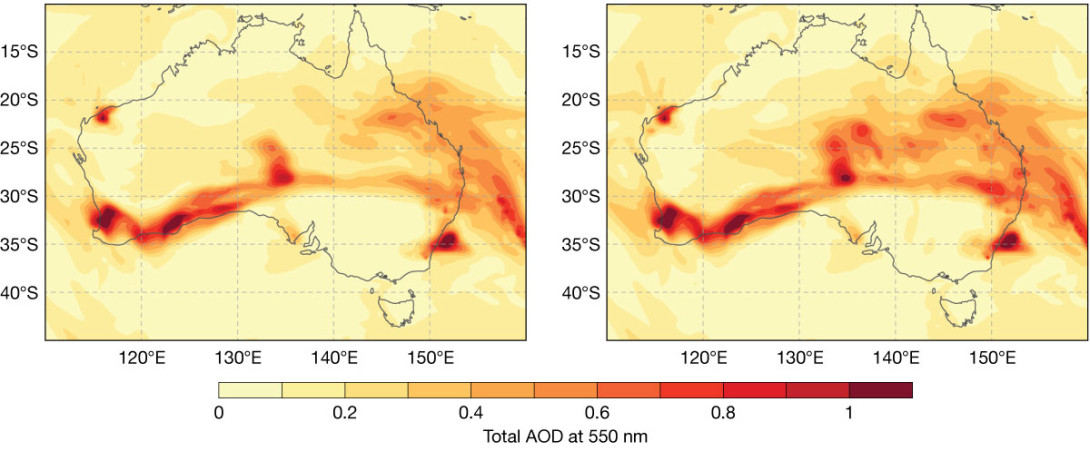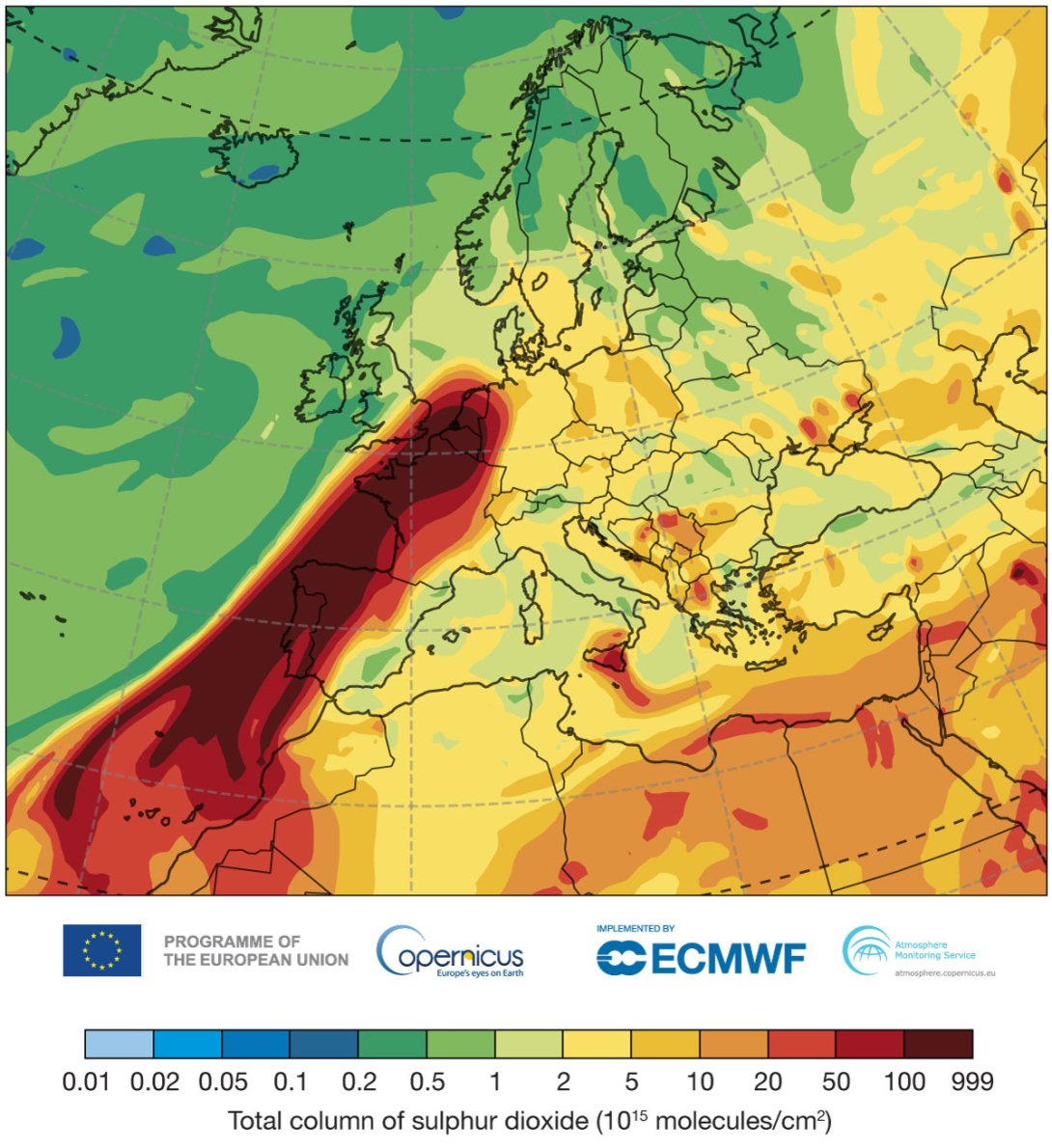The EU's Copernicus Atmosphere Monitoring Service (CAMS), implemented by ECMWF, has become a widely used and trusted source of information on atmospheric composition and air quality at the global and European scales since it became operational in 2015. The uptake of CAMS products by different users, and coverage in the global media in relation to different atmospheric pollution episodes, has also brought increased scrutiny of the data. This prompted the requirement to routinely monitor and evaluate CAMS products in near real-time in order to be able to quickly respond to specific queries from users and media, identify potential technical issues in the forecasts, and provide scientific inputs to CAMS communication and press activities. Taking inspiration from the physical Weather Room at ECMWF's headquarters in Reading (UK) and the daily reports, the CAMS Weather Room was established in November 2019 as a virtual space on the ECMWF intranet to compile information on specific cases using near real-time (NRT) products. During the past five years, the CAMS Weather Room has compiled information on more than 300 cases related to biomass burning emissions, desert dust storms, volcanic eruptions, the ozone layer, and global and European air quality in general.
Main use
NRT monitoring of CAMS products prior to 2019 had provided information on, for example, the large-scale Indonesian peat fires in 2015, covered in the Winter 2015/16 ECMWF Newsletter (https://www.ecmwf.int/en/elibrary/79901-newsletter-no-146-winter-201516), and the Arctic wildfires in 2019, which culminated in widespread global media coverage. However, these cases were dealt with on a more ad hoc basis. The CAMS Weather Room built on this existing monitoring to carry out more routine, day-to-day analyses of all NRT products, and to identify how the information could be shared for both technical developments and outreach activities. Cases are typically developed in response to anomalous features in CAMS operational products. Such features can, for example, occur in the biomass burning emissions from the CAMS Global Fire Assimilation System (GFAS), and Aerosol Optical Depth (AOD) and particulate matter (PM) forecasts at global and European scales. Forecast outputs are evaluated as much as possible against independent measurements available in NRT, using tools developed by ECMWF. During the past five years, these case studies have analysed the CAMS forecasting systems and identified potential developments of them. They have, for example, covered desert dust sources, the transport of atmospheric pollutants related to volcanic eruptions and wildfires, and large-scale anthropogenic air pollution episodes. In addition, many of these cases have provided essential inputs to a large number of website articles and press releases showcasing the availability and potential applications of CAMS products.

One of the first cases picked up by the CAMS Weather Room was to highlight a missing source of desert dust in Australia following reported air quality impacts in central parts of the country during January 2020 (see the first image). Subsequent updates to the source term led to an improvement in dust forecasts and particulate matter forecasts for the region. One of the more significant episodes covered was the eruption of the Cumbre Vieja volcano on La Palma in the Canary Islands in September 2021 (see the second image). In this case, the information collected in the CAMS Weather Room was used to provide context in relation to possible air quality impacts, and the information was shared with Spanish colleagues and Copernicus representatives.

Expanded use
The scope has expanded over time to provide CAMS-related inputs and support internally to ECMWF (including the daily report, user support, user engagement, training, and climate intelligence) and CAMS contracts related to model development, validation and policy products. Information from different cases has been used in the European State of the Climate report (https://climate.copernicus.eu/ESOTC), in sections on European and Arctic wildfires. Case studies are also further developed in close collaboration with contractors working on quarterly Evaluation and Quality Control (EQC) of the CAMS forecasts and included in the EQC reports.
The CAMS Weather Room has become an important component of CAMS activities at ECMWF, and it is widely used for many of the different aspects covered by CAMS. Future developments will make selected cases more visible to external users to promote the use of CAMS data.
